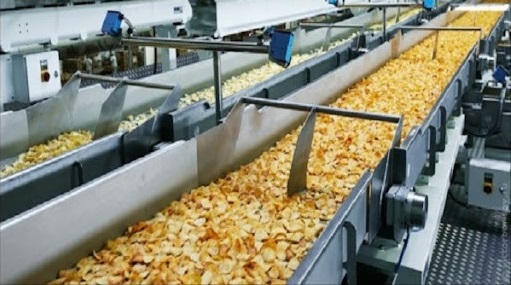For food and beverage plants, effective energy management is currently a business necessity. Increased competitive pressures, tighter margins and rising energy prices are forcing makers to change their historical approach of treating energy usage as an unmanaged trade expense. Whereas electricity is that the largest energy cost for many food and beverage plants, it additionally offers the best opportunities for saving and might deliver the quickest payback.
The key to effective energy management is twofold. First, makers would like info regarding wherever, once and how a lot of energy is being consumed. Second, they have the flexibility to act on that information. Makers and producers will then develop an integrated energy-management program established correct consumption, spending patterns and demand profiles. As a result, they can more accurately confirm power-consumption prices and create additional intelligent business choices to assist minimize those prices.
When progressing to reduce energy use and make an efficient energy-management strategy, makers and producers ought to take four key steps: monitor, analyze, control and sustain gains.
At the heart of an efficient program may be a network of digital power-monitoring devices that capture and communicate energy-consumption data. These devices are} used to measure energy parameters related to a particular system. Observation systems for food and beverage producing will include power, gas, water and wastewater.
With this info, plant managers will gather elaborated info on power consumption in several areas of their plants, from specific machines to individual product lines. Usually a plant manager is stunned to search out that sixty to seventy percent of energy is being consumed once no production is running. Understanding the true base load or fixed portion of energy consumption may be a sensible place to begin. Additionally, managers will gain access to power-quality info that may increase productivity and lengthen equipment life, further enhancing profits.
Monitoring systems give the foundation for the correct collecting and coverage of energy information. However, information analysis permits plants to form higher choices regarding dominating their energy prices.
Energy-management software will act as a centralized info for all accessible energy parameters inside a facility or across multiple facilities. The package will facilitate employees see issues which may exist and lead them to the right corrective actions. This same software additionally permits makers to model their energy profiles by measuring peak demands and power-quality parameters, crucial demand patterns, matching energy consumption to weather patterns, aggregating loads and calculating energy prices.
This plan depends on an integrated network architecture established on open standards that permits users to deliver energy data across the enterprise. This design permits communication employing a form of open networks, like EtherNet/IP™ and Device Net™, via wired or wireless devices for quicker information transfer and simple integration with existing networks.
After analysing the information, plant managers will develop an action plan and install automation systems to capture energy savings with a control system. Established on the energy goals of the plant, management systems may be deployed to yield totally different results.
Once a manufacturer understands wherever energy is being consumed and effectively reduces that quantity, the goal is to sustain those gains. However that’s tough. Plant operations will change a plant’s energy profile and mask the true gains created by an energy-management program. Once knowledge isn’t tracked and related to production output usually enough, it will seem that the initial energy-consumption investments don’t seem to be paying off. To sustain and keep an energy program on the right track, many ways are often helpful:
- Continue to reinforce energy as a priority in operational decision-making
- Communicate program successes as they occur
- Extend power- and energy-monitoring solutions to support continuous-improvement efforts
- Hold monthly reviews of critical energy KPIs
- Conduct an annual energy-management system assessment to help assure the program is following the on-going plan set by management
If a manufacturer or producer is unable to manage their power usage and doesn’t know their energy-consumption profiles, it can make reducing energy prices a tough task. this is often why having the proper info is essential. Fortunately for food and beverage producers, technologies are offered that enable them to accurately monitor, analyze and control each their energy consumption and quality. Energy is not any longer the unmanageable expense it once. Learn a lot of about a way to improve energy management in your facility.
We at KERONE have a team of experts to help you with your need for moisture analysis in various products range from our wide experience.

